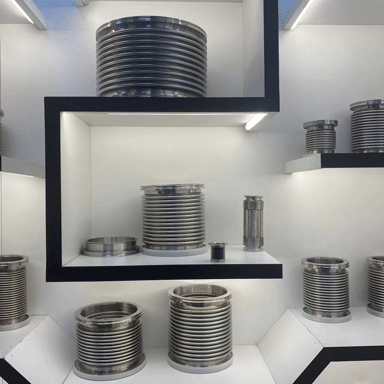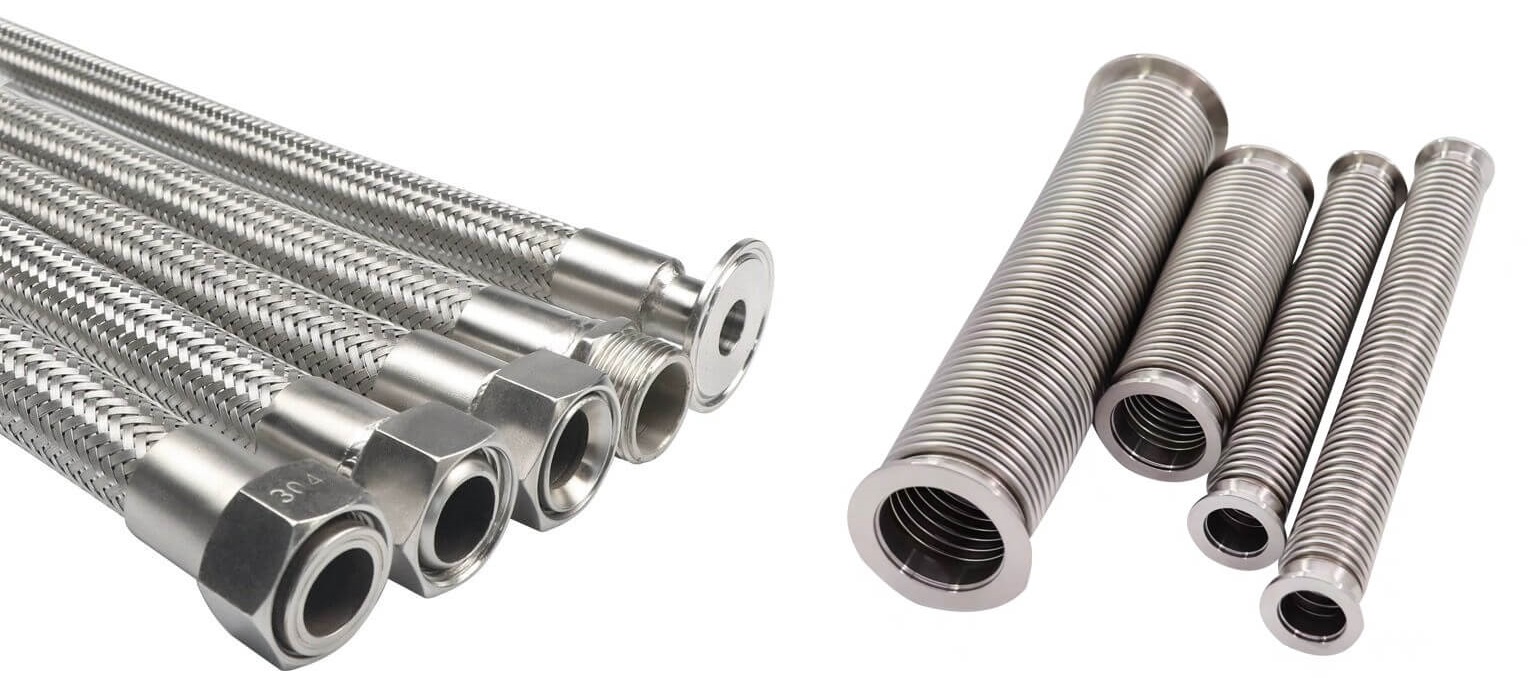Introduction: Vacuum tubes and metal hoses are two distinct components used in various industrial applications. While both play crucial roles in different systems, they serve different purposes and possess unique characteristics. This article explores the differences between vacuum tubes and metal hoses.
Purpose and Functionality:
Vacuum Tubes: Vacuum tubes, also known as electron tubes or thermionic valves, are electronic devices that control the flow of electric current. They are commonly used in amplifiers, oscillators, and electronic signal processing.
Metal Hoses: Metal hoses, on the other hand, are flexible tubes made of metal that are designed to convey fluids, gases, or granular materials. They are used in applications where traditional rigid piping is impractical.
Construction Material:
Vacuum Tubes: Typically, vacuum tubes are constructed using glass or metal envelopes that encase various internal components such as cathodes, anodes, and grids. The vacuum inside the tube allows the controlled flow of electrons.
Metal Hoses: Metal hoses are made from materials such as stainless steel, bronze, or other alloys, depending on the specific application. This ensures durability and resistance to corrosion, making them suitable for a wide range of environments.
Functioning Principles:
Vacuum Tubes: Vacuum tubes operate based on thermionic emission, where electrons are emitted from a heated cathode and controlled by electric fields generated by other elements within the tube. This controlled flow of electrons facilitates signal amplification or other electronic processes.
Metal Hoses: Metal hoses function as conduits for fluids or gases. Their flexibility allows for the movement of materials between fixed points, accommodating vibrations or thermal expansion.
Applications:
Vacuum Tubes: Historically, vacuum tubes were widely used in electronic devices such as radios, televisions, and early computers. While their usage has diminished with the advent of solid-state electronics, vacuum tubes are still employed in certain high-power applications like amplifiers and transmitters.
Metal Hoses: Metal hoses find applications in industries such as manufacturing, petrochemical, aerospace, and more. They are used to transfer liquids, gases, or abrasive materials in environments where flexibility, durability, and resistance to extreme conditions are essential.
Maintenance and Lifespan:
- Vacuum Tubes: Vacuum tubes require careful handling and can be sensitive to mechanical shock or changes in temperature. Their lifespan can be limited, and replacements may be necessary over time.
- Metal Hoses: Metal hoses are known for their durability and longevity. They are resistant to wear and corrosion, requiring minimal maintenance compared to vacuum tubes.
In conclusion, while vacuum tubes and metal hoses share the commonality of being tubes, they serve vastly different purposes in electronic and fluidic systems. Understanding their distinctions is crucial for selecting the appropriate component based on the specific requirements of a given application.


